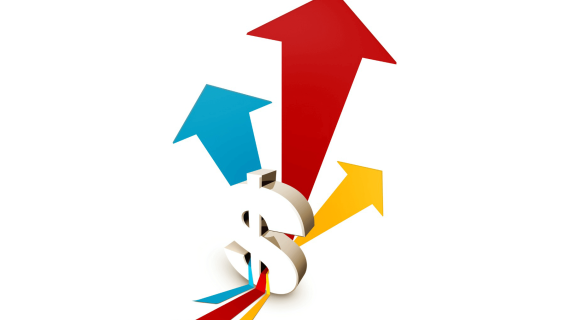Who doesn’t love extra money? Many shareholders were happy to put a few extra dollars in their pockets last year in the form of special dividends. Annually, investors around the globe receive billions of dollars in these bonus dividends.
Although still far behind the amount of regular dividends paid out, the pace of special dividends is picking up.
[text_ad]
Why Do Companies Issue Special Dividends?
A special dividend is just what it sounds like—a payment made to shareholders that is separate from its regular dividend cycle. Most of the time it is a one-off. However, that’s not always the case.
Years back, I read about a $4 special dividend that was going to be paid by Saks Incorporated (no longer a public company). I wasn’t a Saks shareholder at the time, but since the shares were trading in the teens, I figured an additional $4 would be a pretty nice return.
I bought the stock and cashed it in as soon as I received the special dividend. However, my friend, Don, decided to hold onto his shares for a while and was again rewarded with a $4 per share special dividend a few months later. Not too shabby!
Here are some common reasons why companies issue them:
- Corporate restructuring, with asset sales. That was the reason for Saks’ first special dividend—the company sold off its Bon-Ton stores.
- Loads of cash on hand—Saks’ reason for its second special dividend.
- Strong earnings—Costco paid a $10 special dividend in 2020, and Dillard’s paid out $25 per share last year!
- Tax policy. For example, if a lower-than-current-dividend tax rate is expiring—such as in 2012, when the dividend tax rate was 15%.
Special Dividends Can Have Tax Implications
Most regular dividends are taxed as qualified dividends or long-term capital gains. However, these bonus dividends may be a combination of capital gains, ordinary income and returns of capital. Most are considered return of capital, but pay attention to the 1099-DIV forms you receive from your investments so that you know exactly how the dividend is being treated. Of course, you should have some idea prior to tax time because the company should advise shareholders at the time of the dividend.
Side note: Because special dividends decrease the company’s book value—at least temporarily—you might see the share price decline upon the payment of the dividend. That happened with Saks, too, but I was able to sell my shares immediately upon the dividend payment.
To Buy or Not to Buy for a Special Dividend
Honestly, I was lucky with my Saks special dividend—I made a lot of money in a short period of time. But, realistically, these one-time payouts are just a starting place to determine if a stock is the right one for you. I’m a long-term investor, and the majority of my recommendations are ideas for the long term.
Take Warrior Met Coal, Inc. (HCC), for example. Ian Wyatt, editor of Dividend Confidential, closely watches for upcoming special dividends. In spring of 2019, he recommended HCC, as the company was getting ready to pay its third special dividend since November 2017! Altogether, those dividends amounted to around $20—that’s a pretty good return, especially since the company’s shares were trading around $20 when the first special dividend was paid in 2017.
Should You Reinvest Your Dividends?
Dividend reinvestment is one of the most powerful weapons in the income investor’s toolbox. You’ve probably heard it said that compound interest is the most powerful force in the universe (a quote attributed to Einstein, almost certainly erroneously); well, dividend reinvestment takes advantage of some of the same forces—namely time and compounding.
Most brokers will reinvest your dividends for you for free, and the purchases will be completed without fees (although you will owe taxes on the dividend amount).
Alternatively, you can often sign up for a Dividend Reinvestment Plan, or DRIP, directly with the dividend-paying company. Company-operated DRIPs allow investors to buy shares directly from the company, and in exchange, dividends are automatically reinvested in the company’s stock, sometimes at below-market prices.
If you know how to reinvest dividends, then you know those are the two most obvious benefits of dividend reinvesting: You can increase your position for free, without fees, and it’s automatic, so you don’t have to think about it.
If a stock is high-quality and you plan to own it for a long time, dividend reinvestment is a great passive way to increase your exposure over time. Sure, you could collect the dividends and then manually invest them in something else, but a good habit that takes no effort is easier to keep up than one that takes a little effort.
If you’re on the lookout for special dividends, there are a number of paid services that keep tabs on those dividend payments. But if you’re looking for a free option, SeekingAlpha’s news search is actually a pretty convenient way to find upcoming special dividends simply by searching for the term “special dividend” and looking for recent announcements.
[author_ad]
*This post is periodically updated to reflect market conditions.

